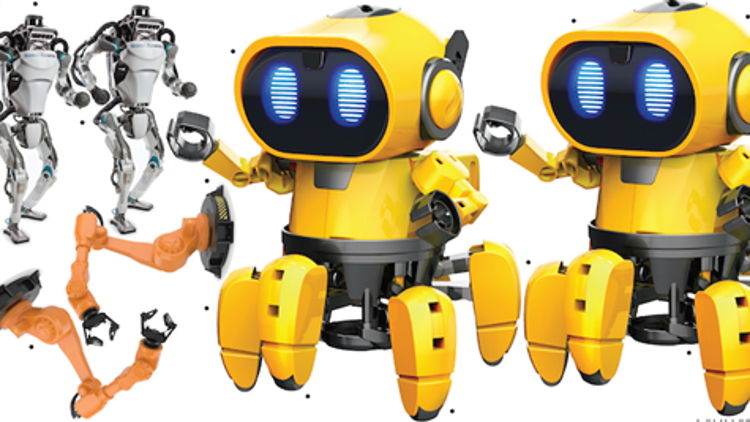Tilia Labs, Inc., a leading developer of nesting, ganging, and layout software for the wide format graphics industry has developed its tilia Griffin technology to integrate with Summa cutting solutions.
Available immediately, support for these devices is a key feature of the latest tilia Griffin version 2.2 and delivers quick, easy nesting and ganging for an unprecedented range of laser, flatbed and roll-to-roll cutters.
Exclusively for large/wide format production requirements, tilia Griffin is a user-friendly cross-platform software application designed to find and facilitate the most efficient layouts for printing and cutting. It offers the ability to search across millions of combinations in minutes to find the most cost-effective, tightly nested arrangement. With the latest development, Summa’s POSTNET barcodes can now be easily added and adjusted in artwork or layout for any large-format applications, from cutting stickers to product displays, advertising signs, flags or soft signage.
With work continuously underway to add device support, Tilia Labs is focused on developing tilia Griffin to maximize time and materials savings for the most comprehensive range of print and finishing equipment in large-format production. “Historically, print and finishing processes have been handled separately, with a direct impact on the bottom line,” says Tilia Labs CEO Sagen de Jonge. “Our open architecture approach means we can integrate with any proprietary hard - and software to ensure they are all speaking the same language for speed and efficiency.”
According to Frederik Vervenne, Chief Technology Officer of Summa, the collaboration with Tilia Labs underlines the company’s commitment to helping customers gain maximum return from their Summa investment: “The process of optimizing customer workflows goes beyond cutting or printing. It is the sum of all parts and how well they work together. For companies in high production environments, production capacity is where profit comes from. In that case, it is all the more important to optimize workflows and make the most qualitative products in the shortest possible time. The coordination between print and cut plays a critical role.”
In addition to the Summa integration, the new Tilia Griffin 2.2 has been enhanced with the following features:
• Automation for Mac – tilia Griffin Auto, the automated edition of tilia Griffin, is now also available on MacOS in addition to Windows.
• Shape marks – Users can define their own custom rectangle mark, including built in Summa barcode specification for use in conjunction with POSTNET barcodes.
• Tilia Cloud – tilia Griffin 2.2 has full connectivity to Tilia Cloud licensing, allowing users to float and centrally manage licenses across teams. Licenses can be employed from any location worldwide. Account administrators can control access to licenses, review current assigned state, and unassign licenses from the Tilia Cloud web app.
• Nesting enhancements – More internal enhancements have been added to the algorithms in the Nesting tool, making substrate optimization better than ever.
• Artboard enhancements – New shortcuts and keystroke flexibility
• Localization – Now available in French, German, Spanish and Italian
“The latest release delivers a Griffin solution that is even quicker and slicker for many more print providers!” concludes de Jonge. “By integrating with Summa’s extraordinary line-up of cutting solutions while also increasing the flexibility for optimization of incoming files, Griffin’s USP – its core technology of true nesting at lightning speeds – becomes even more powerful. More large-format print providers now have easy access to the tools they need to optimize time, money and resources.”
Tilia Griffin 2.2 technology updates are free to download for existing tilia Griffin licensees and a full user guide plus frequently asked questions and other useful resources, is also available on the new Tilia Labs knowledge base portal.





